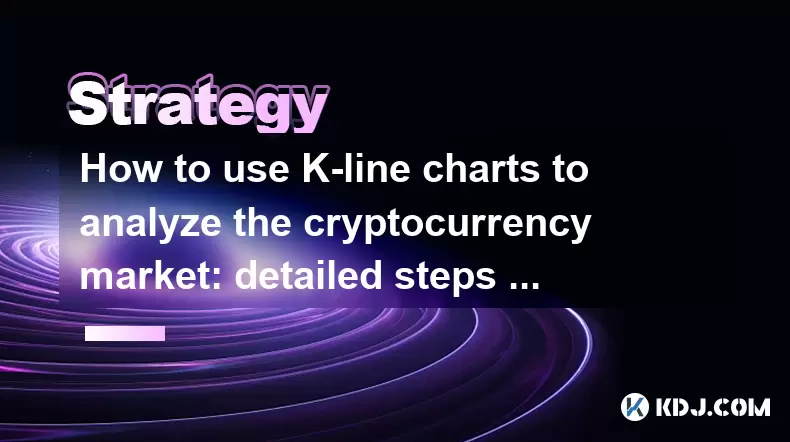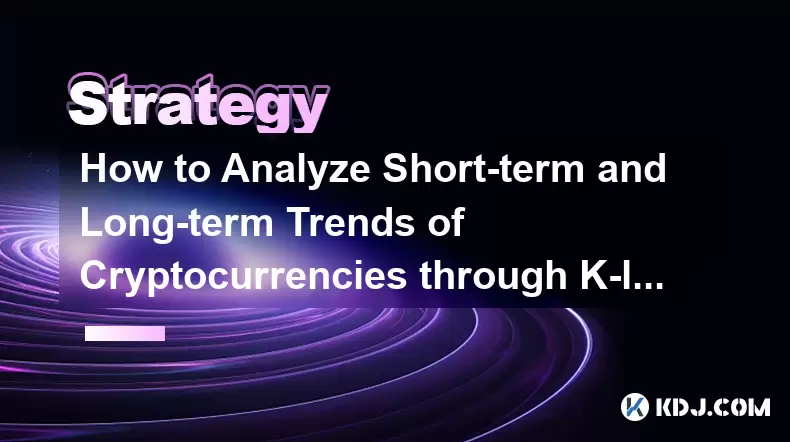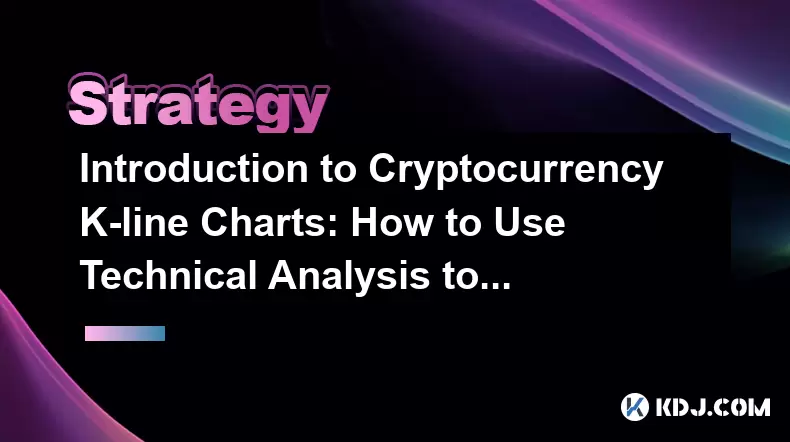-
 Bitcoin
Bitcoin $106,754.6083
1.33% -
 Ethereum
Ethereum $2,625.8249
3.80% -
 Tether USDt
Tether USDt $1.0001
-0.03% -
 XRP
XRP $2.1891
1.67% -
 BNB
BNB $654.5220
0.66% -
 Solana
Solana $156.9428
7.28% -
 USDC
USDC $0.9998
0.00% -
 Dogecoin
Dogecoin $0.1780
1.14% -
 TRON
TRON $0.2706
-0.16% -
 Cardano
Cardano $0.6470
2.77% -
 Hyperliquid
Hyperliquid $44.6467
10.24% -
 Sui
Sui $3.1128
3.86% -
 Bitcoin Cash
Bitcoin Cash $455.7646
3.00% -
 Chainlink
Chainlink $13.6858
4.08% -
 UNUS SED LEO
UNUS SED LEO $9.2682
0.21% -
 Avalanche
Avalanche $19.7433
3.79% -
 Stellar
Stellar $0.2616
1.64% -
 Toncoin
Toncoin $3.0222
2.19% -
 Shiba Inu
Shiba Inu $0.0...01220
1.49% -
 Hedera
Hedera $0.1580
2.75% -
 Litecoin
Litecoin $87.4964
2.29% -
 Polkadot
Polkadot $3.8958
3.05% -
 Ethena USDe
Ethena USDe $1.0000
-0.04% -
 Monero
Monero $317.2263
0.26% -
 Bitget Token
Bitget Token $4.5985
1.68% -
 Dai
Dai $0.9999
0.00% -
 Pepe
Pepe $0.0...01140
2.44% -
 Uniswap
Uniswap $7.6065
5.29% -
 Pi
Pi $0.6042
-2.00% -
 Aave
Aave $289.6343
6.02%
How to make money from self-media in the currency circle
In the ever-evolving cryptocurrency space, effective self-media creators blend deep knowledge with targeted content to reach niche audiences, build loyal communities, and explore diverse monetization opportunities while navigating ethical responsibilities.
Jan 08, 2025 at 03:34 am

Key Points:
- Identify your niche and audience: Determine the specific topics and target readers you want to cater to within the cryptocurrency space.
- Create valuable content: Publish high-quality articles, videos, or podcasts that educate, inform, or entertain your audience.
- Build a community: Foster a sense of community by engaging with your readers, responding to comments, and creating opportunities for collaboration.
- Monetize your platform: Explore various monetization models such as affiliate marketing, advertising, sponsorships, or paid subscription services.
- Network and collaborate: Connect with other self-media creators, industry experts, and potential partners to grow your audience and opportunities.
- Track and analyze your performance: Monitor key metrics to optimize your content for improved engagement, traffic, and revenue.
Step 1: Identify Your Niche and Audience
- Define your area of expertise and interests within the cryptocurrency niche. Consider your background, knowledge, and passion.
- Research your potential audience: Understand their demographics, interests, and pain points related to cryptocurrency.
- Identify specific topics that you can cover in depth, such as market analysis, technical trading, blockchain technology, or altcoin reviews.
Step 2: Create Valuable Content
- Prioritize quality over quantity: Publish well-researched, accurate, and informative content that solves problems or adds value to your readers.
- Offer unique insights: Provide your own analysis, opinions, and perspectives on cryptocurrency-related topics.
- Present your content in an engaging format: Use visuals, storytelling, and humor to make your writing more captivating.
Step 3: Build a Community
- Establish a strong online presence: Create a website or blog as your primary platform. Utilize social media channels to promote your content and connect with your audience.
- Engage with your readers: Respond to comments, host Q&A sessions, and encourage user-generated content.
- Foster a sense of belonging: Create a forum, community group, or newsletter where readers can connect with each other and discuss cryptocurrency-related topics.
Step 4: Monetize Your Platform
- Affiliate marketing: Partner with exchanges, brokers, or other cryptocurrency-related businesses. Promote their products or services through your content and earn commissions on referrals.
- Advertising: Sell ad space on your website or social media channels to relevant advertisers. Ensure that the ads align with your content and provide value to your audience.
- Sponsorships: Secure sponsorship deals with individuals or companies in exchange for promoting their products or services in your content.
- Paid subscription services: Offer exclusive content, in-depth analysis, or premium access to your writing for a monthly or annual subscription fee.
Step 5: Network and Collaborate
- Attend blockchain and cryptocurrency events to connect with other self-media creators and industry professionals.
- Join online communities and participate in discussions related to your niche.
- Reach out to potential collaborators, such as experts, analysts, or influencers, to feature them in your content.
Step 6: Track and Analyze Your Performance
- Track key metrics: Monitor website analytics, social media engagement, email subscribers, and any other relevant data.
- Analyze your performance: Identify what content performs best, which channels drive the most traffic, and how to optimize your efforts.
- Adjust your strategy: Use the insights from your analytics to fine-tune your content, promotion methods, and monetization tactics.
FAQs:
1. What are the most popular cryptocurrency niches?
- Market analysis and trading
- Bitcoin and altcoin news and reviews
- Blockchain technology and its applications
- Cryptocurrency regulations and industry trends
2. How can I increase my audience in the currency circle?
- Publish consistently high-quality content that meets the needs of your target audience.
- Promote your content through social media, guest posting, and other outreach channels.
- Host webinars or online events to connect with your readers.
3. What are some tips for writing engaging cryptocurrency-related content?
- Use clear and concise language that is easy to understand.
- Avoid technical jargon or explain complex concepts in a simplified manner.
- Provide actionable insights and practical advice to your readers.
4. What are the ethical considerations for self-media creators in the currency circle?
- Disclose any potential conflicts of interest or affiliations with cryptocurrency businesses.
- Avoid promoting unregulated or fraudulent schemes.
- Present accurate and unbiased information to your audience.
Disclaimer:info@kdj.com
The information provided is not trading advice. kdj.com does not assume any responsibility for any investments made based on the information provided in this article. Cryptocurrencies are highly volatile and it is highly recommended that you invest with caution after thorough research!
If you believe that the content used on this website infringes your copyright, please contact us immediately (info@kdj.com) and we will delete it promptly.
- Algorand (ALGO) and Bitcoin Cash (BCH) Prices Stabilize Around Key Levels
- 2025-06-16 15:00:12
- Co-citation based data augmentation for contrastive learning of scientific domains
- 2025-06-16 15:00:12
- Despite surge in number of unmanned photo studios in Seoul's Myeong-dong district, sales growth has failed to keep pace.
- 2025-06-16 14:55:13
- The transaction value of domestic coin exchanges plunged as lateral guarantees continued in the virtual asset market.
- 2025-06-16 14:55:13
- Bitcoin (BTC) price extends lead over altcoins as open interest and volume surge
- 2025-06-16 14:50:12
- 11 altcoins with one-time tokens unlock more than $5 million each in the next seven days.
- 2025-06-16 14:50:12
Related knowledge

How to use K-line charts to analyze the cryptocurrency market: detailed steps and common misunderstandings
Jun 16,2025 at 01:42pm
Understanding the Basics of K-line Charts in Cryptocurrency TradingK-line charts, also known as candlestick charts, are one of the most widely used tools for analyzing price movements in financial markets, including cryptocurrencies. These charts provide a visual representation of price action over specific time intervals and help traders make informed ...

Cryptocurrency K-line chart technical analysis manual: Learn these methods to increase your chances of making a profit
Jun 11,2025 at 11:21pm
Understanding the Basics of K-line ChartsK-line charts, also known as candlestick charts, are one of the most widely used tools in cryptocurrency trading. Each K-line represents a specific time period and provides information about the open, high, low, and close prices during that interval. The body of the candle shows the relationship between the openi...

The Importance of K-line Chart Analysis in Cryptocurrency Trading: From Theory to Practical Cases
Jun 11,2025 at 04:56pm
Understanding the Basics of K-line ChartsK-line charts, also known as candlestick charts, are a visual representation of price movements over specific time intervals. Each K-line encapsulates four critical data points: the opening price, closing price, highest price, and lowest price within a given timeframe. These charts originated in Japan during the ...

Cryptocurrency K-line Chart Interpretation Guide: How Novices Can Quickly Master the Basics of Technical Analysis
Jun 10,2025 at 08:56pm
Understanding the Basics of K-line ChartsK-line charts, also known as candlestick charts, are one of the most widely used tools in cryptocurrency trading for analyzing price movements. Each K-line represents a specific time period and shows the opening, closing, high, and low prices during that interval. For novices, grasping how to read these elements ...

How to Analyze Short-term and Long-term Trends of Cryptocurrencies through K-line Charts: A Complete Guide
Jun 15,2025 at 12:49pm
Understanding the Basics of K-line ChartsK-line charts, also known as candlestick charts, are essential tools used in cryptocurrency trading to visualize price movements over time. Each candlestick represents a specific time interval and contains four key data points: open, high, low, and close. The body of the candle shows the range between the opening...

Introduction to Cryptocurrency K-line Charts: How to Use Technical Analysis to Optimize Trading Decisions
Jun 12,2025 at 03:56pm
Understanding the Basics of K-line ChartsK-line charts, also known as candlestick charts, are one of the most essential tools used in cryptocurrency trading. Originating from Japan, these charts visually represent price movements over specific time intervals. Each candlestick displays four key pieces of information: the opening price, closing price, hig...

How to use K-line charts to analyze the cryptocurrency market: detailed steps and common misunderstandings
Jun 16,2025 at 01:42pm
Understanding the Basics of K-line Charts in Cryptocurrency TradingK-line charts, also known as candlestick charts, are one of the most widely used tools for analyzing price movements in financial markets, including cryptocurrencies. These charts provide a visual representation of price action over specific time intervals and help traders make informed ...

Cryptocurrency K-line chart technical analysis manual: Learn these methods to increase your chances of making a profit
Jun 11,2025 at 11:21pm
Understanding the Basics of K-line ChartsK-line charts, also known as candlestick charts, are one of the most widely used tools in cryptocurrency trading. Each K-line represents a specific time period and provides information about the open, high, low, and close prices during that interval. The body of the candle shows the relationship between the openi...

The Importance of K-line Chart Analysis in Cryptocurrency Trading: From Theory to Practical Cases
Jun 11,2025 at 04:56pm
Understanding the Basics of K-line ChartsK-line charts, also known as candlestick charts, are a visual representation of price movements over specific time intervals. Each K-line encapsulates four critical data points: the opening price, closing price, highest price, and lowest price within a given timeframe. These charts originated in Japan during the ...

Cryptocurrency K-line Chart Interpretation Guide: How Novices Can Quickly Master the Basics of Technical Analysis
Jun 10,2025 at 08:56pm
Understanding the Basics of K-line ChartsK-line charts, also known as candlestick charts, are one of the most widely used tools in cryptocurrency trading for analyzing price movements. Each K-line represents a specific time period and shows the opening, closing, high, and low prices during that interval. For novices, grasping how to read these elements ...

How to Analyze Short-term and Long-term Trends of Cryptocurrencies through K-line Charts: A Complete Guide
Jun 15,2025 at 12:49pm
Understanding the Basics of K-line ChartsK-line charts, also known as candlestick charts, are essential tools used in cryptocurrency trading to visualize price movements over time. Each candlestick represents a specific time interval and contains four key data points: open, high, low, and close. The body of the candle shows the range between the opening...

Introduction to Cryptocurrency K-line Charts: How to Use Technical Analysis to Optimize Trading Decisions
Jun 12,2025 at 03:56pm
Understanding the Basics of K-line ChartsK-line charts, also known as candlestick charts, are one of the most essential tools used in cryptocurrency trading. Originating from Japan, these charts visually represent price movements over specific time intervals. Each candlestick displays four key pieces of information: the opening price, closing price, hig...
See all articles

























































































